Understanding Apiaries: How Beekeeping Benefits Crops and Ecosystems
An apiary is an area where multiple beehives are placed. It is also called a bee yard.
An apiary can be built to harvest honey, benefit farming, or both.
It can be very helpful to the crops that surround it, as it encourages bee populations to remain in the area. In return, the bees will perform pollination activities which fruits and vegetables require.
Generally, one beehive is needed to pollinate an acre of land that has a crop growing on it.
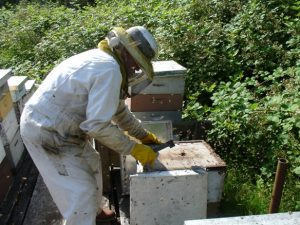
Importance of Apiaries
Sometimes beekeepers or apiarists rent land for their hives.
Some farmers offer free apiary sites since they need pollination for their crops. Fruit trees, vegetables, as well as many other plants need pollination in order to produce fruit or vegetables.
Bees will spread pollen from one tree or plant to another one when they are collecting pollen for their hive. If pollen isn't passed on from plant to plant, then the plant will only produce flowers.
Quite often, the apiary is installed in a flower field to produce a high quality honey.
Some of the best locations for an apiary is in orange blossom, clover, blackberry, heather, buckwheat, or blueberry fields. The flowers that surround the apiary have an affect on the flavor of the honey. The most common flavor of honey is clover and it's a very sweet varietal.
Honey that is produced with nectar from fruit bushes or trees has a tendency to have a sweet, fruity flavor.
In many apiaries, the beehives are placed on top of pallets.
Special scents or pheromones are used so it will attract queen bees to the hives. Queen bees stay in their hives while worker bees go out to gather nectar and pollen from flowers in the area.
Pollen is a food source for the bees in the colony. It has protein in it which keeps the bees very well nourished for their various tasks. Once the worker bee has ingested the nectar they have collected, they then regurgitate it so it can be stored in the honeycombs in the beehive.
This is the way that honey is made.
Beekeepers usually construct their apiary so the bees have a good location to make their honey.
When the time comes to gather the honey, beekeepers typically add a small amount of smoke to the hive.
When this happens, the bees become inactive.
Then the beekeeper is able to reach inside the hive and take out some of the honeycombs.
The beekeeper will not remove all of the honeycombs because the bees still need to have something to eat.
After the honeycombs have been removed, the beekeeper shuts the hive, and then the bees start working really hard so they can replace the honeycombs that were removed.
Locating the Apiary in a Safe Area
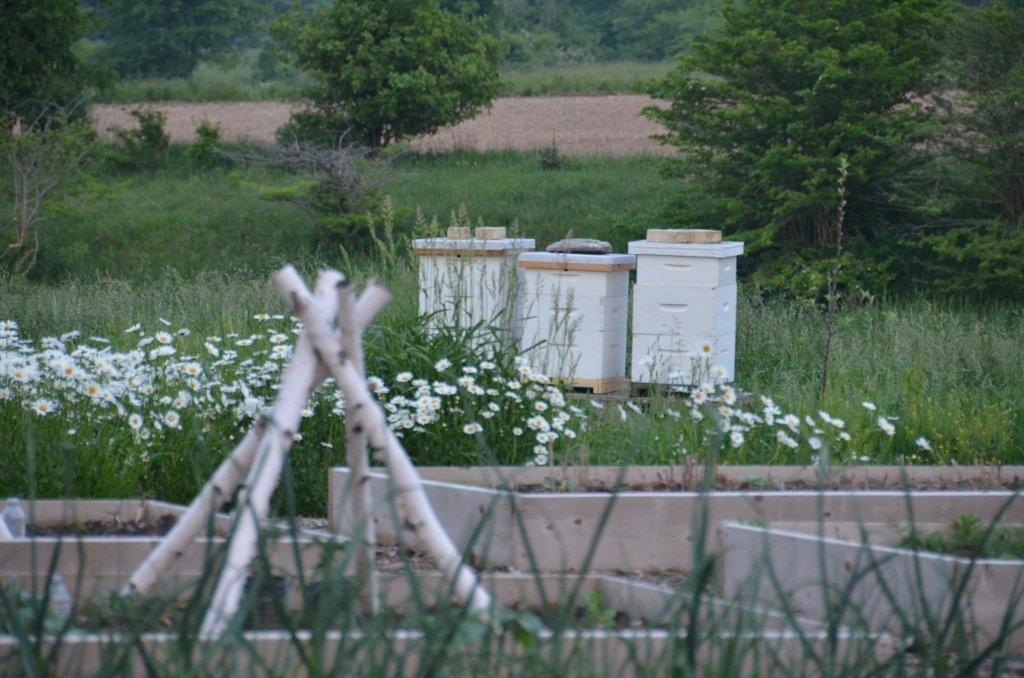
Some flowers produce nectar that is harmful to humans, so an apiary should not be located near these kinds of flowers.
Some of these flowers are mountain laurel, rhododendrons, and azaleas.
They contain dangerous levels of grayanotoxin which is a toxin that can cause low blood pressure, irregular heart rhythms, vomiting, dizziness, and muscle paralysis.
As a result of proper apiary placement, poisoning from this toxin is now extremely rare, especially this country.
I believe now the safest place for an apiary is within an area where no chemicals are used on any fields that surround the hives. By doing this will allow the hives to become a strong colony, building a stronger bee.
Trending Topics
Bee Venom
Bees and Pesticides
Beekeeping Myths
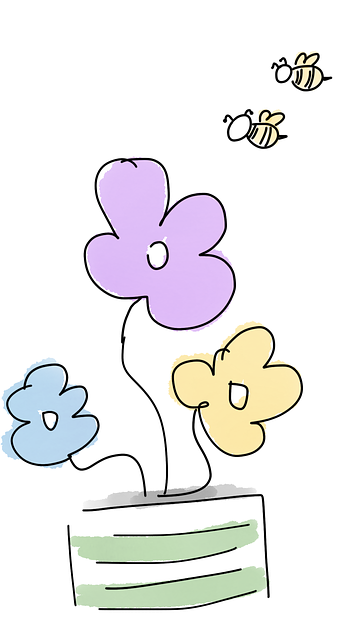
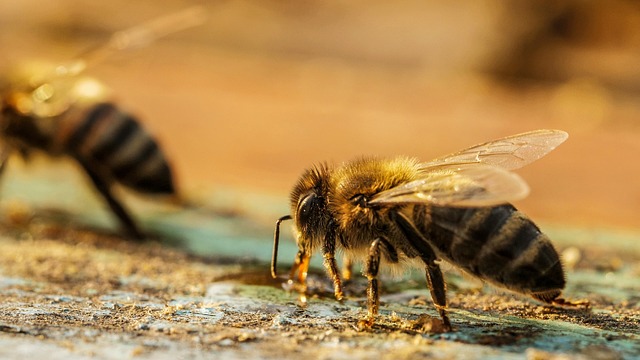
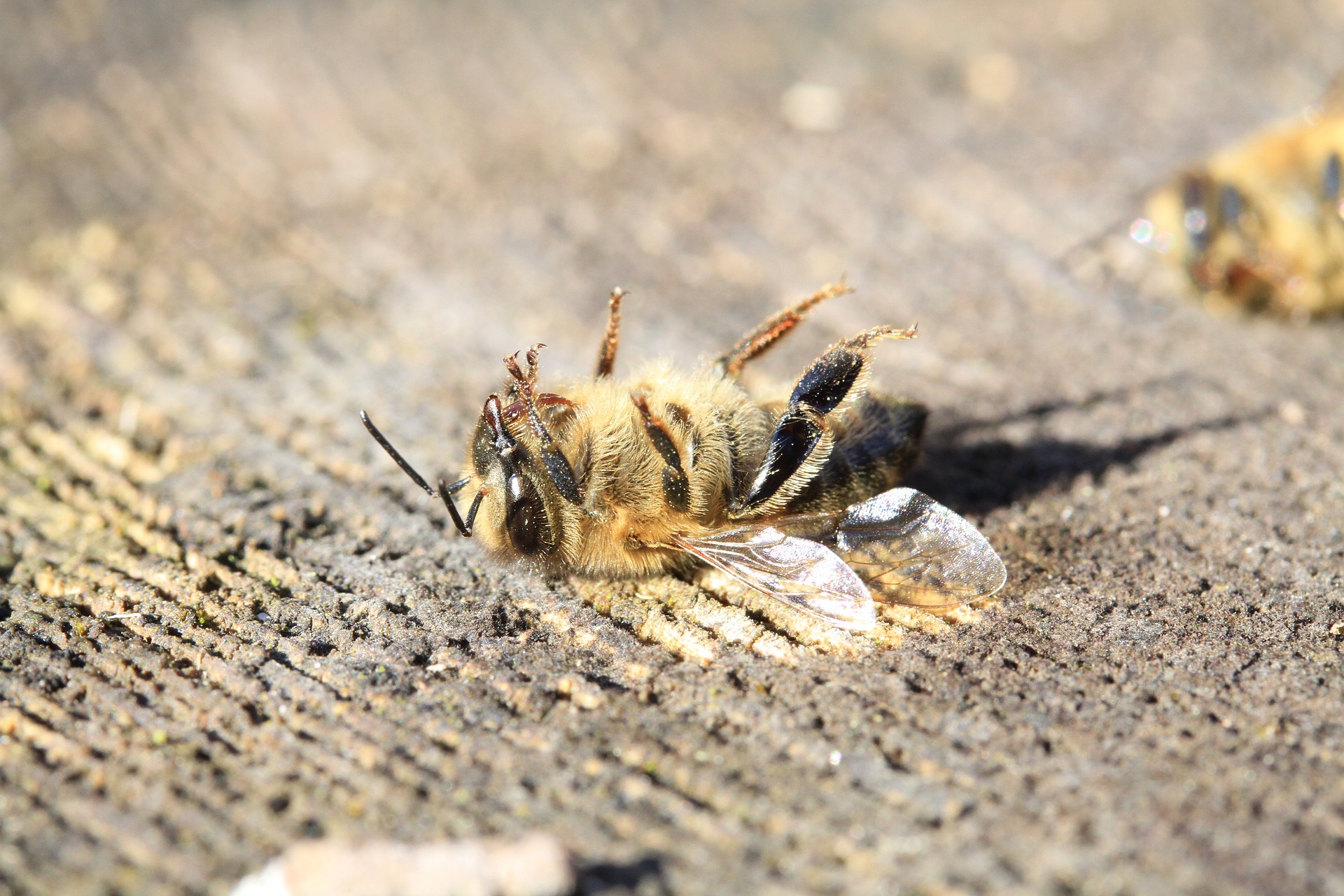
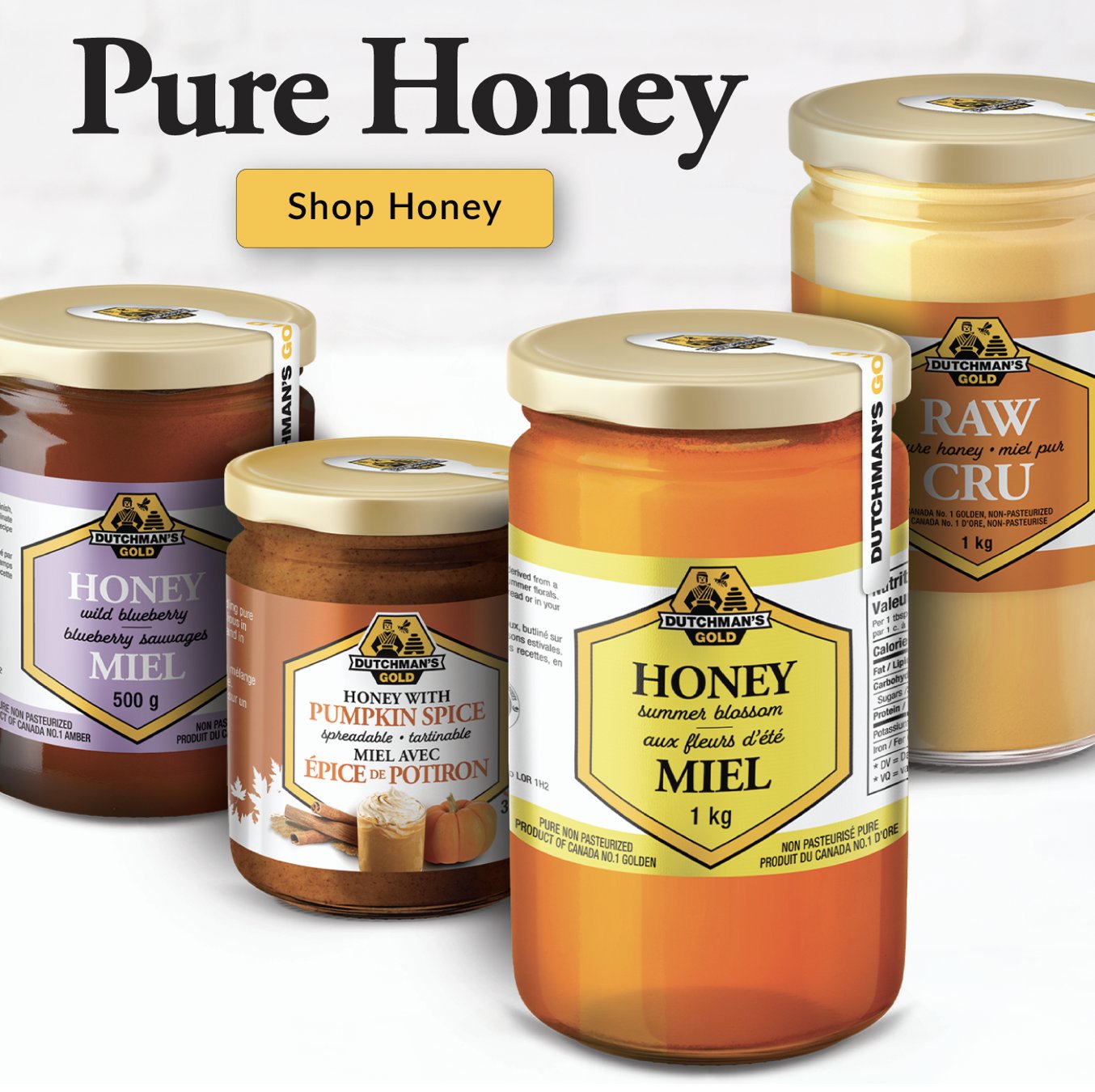
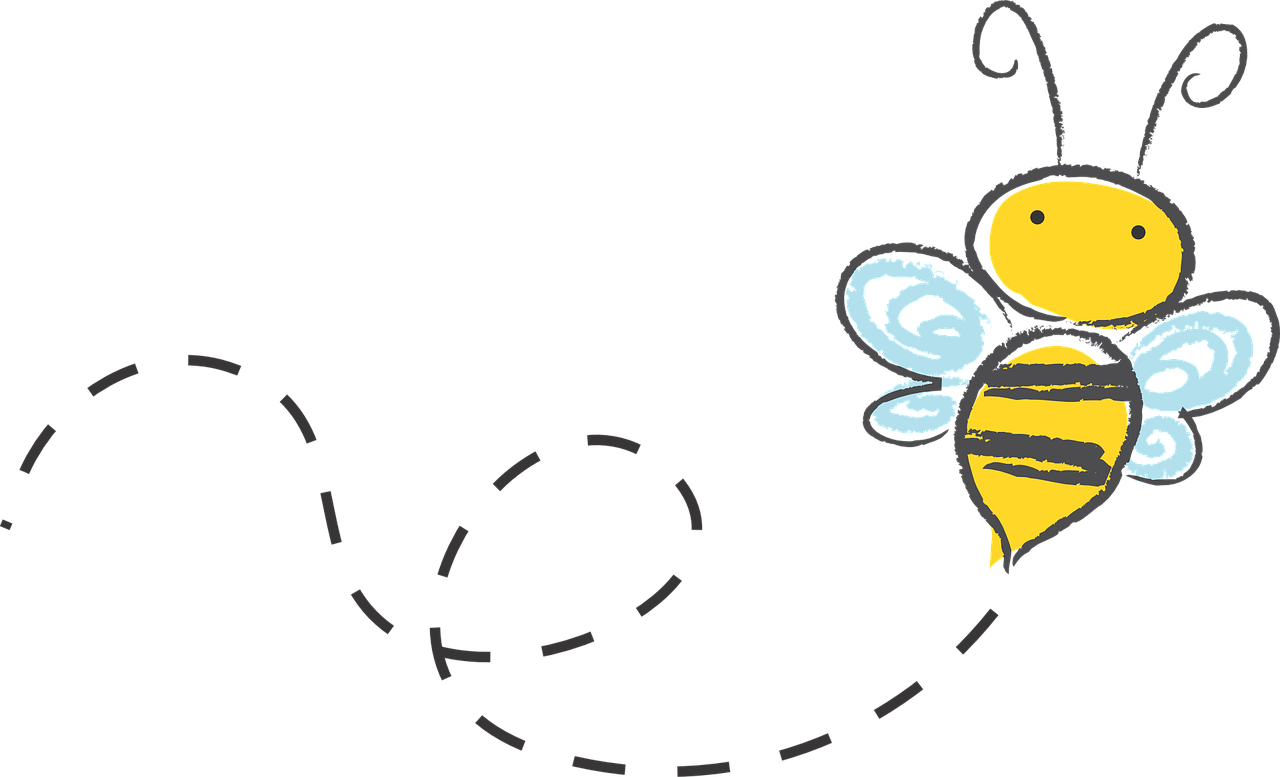
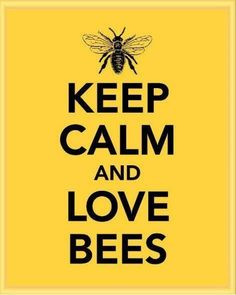
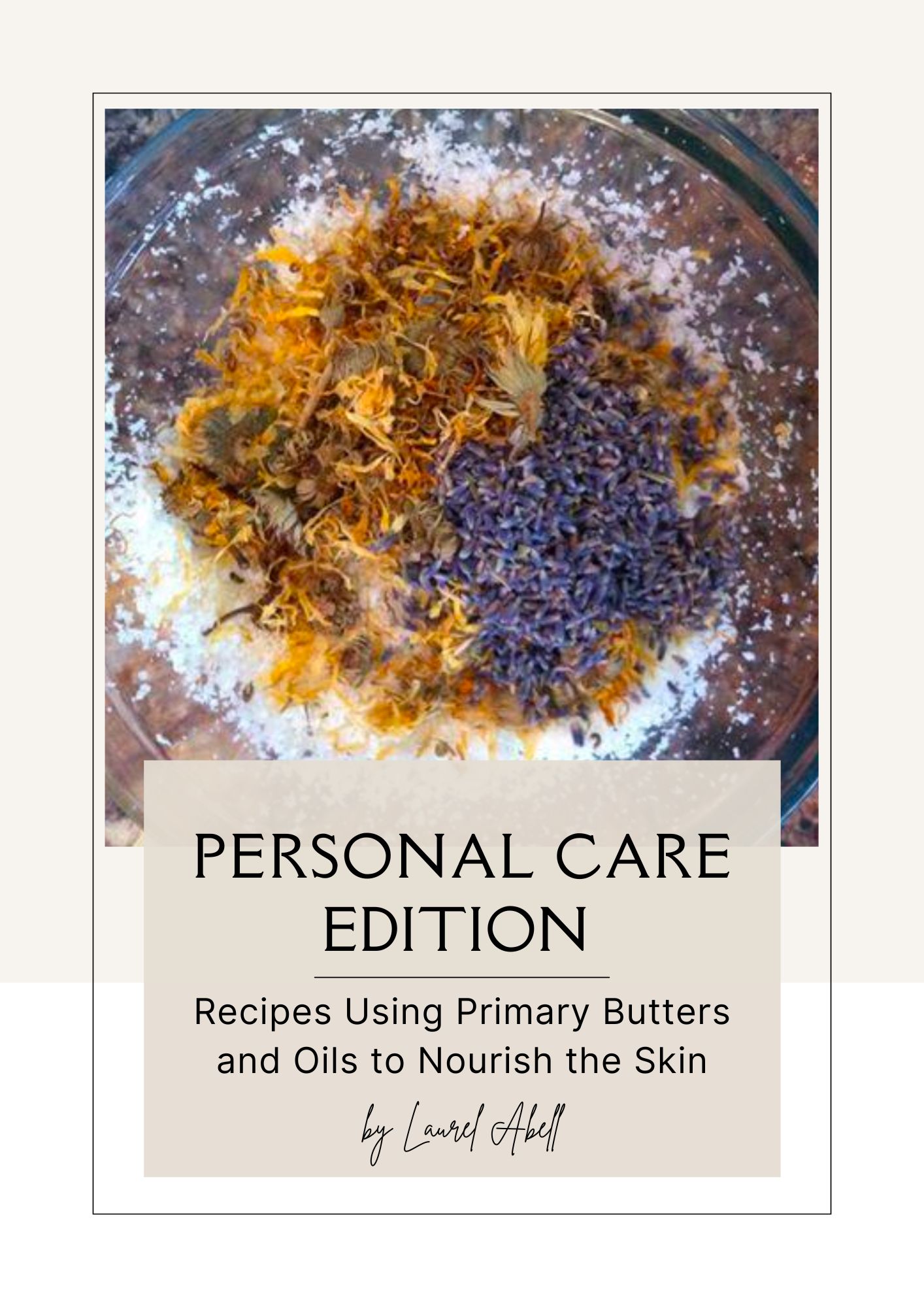
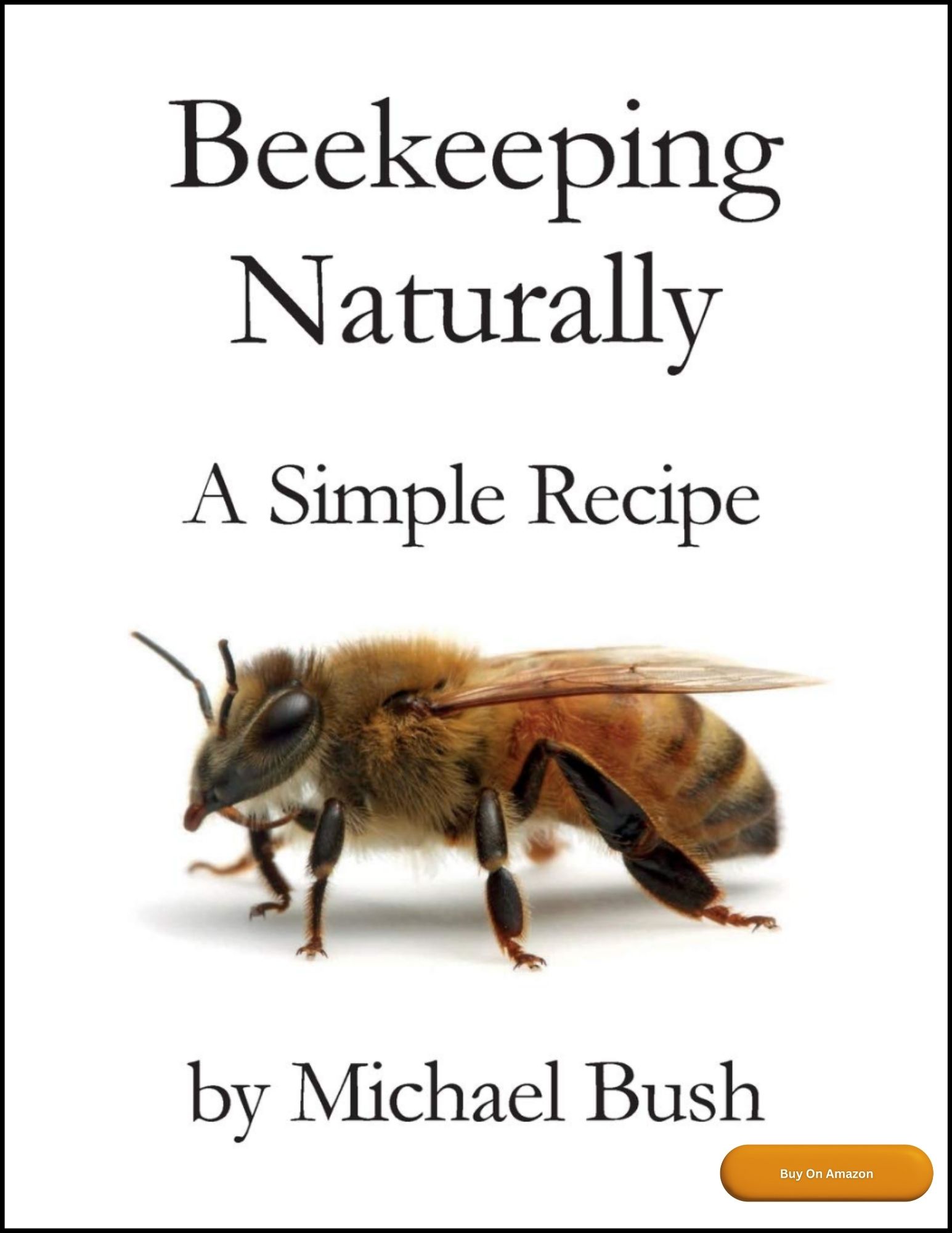
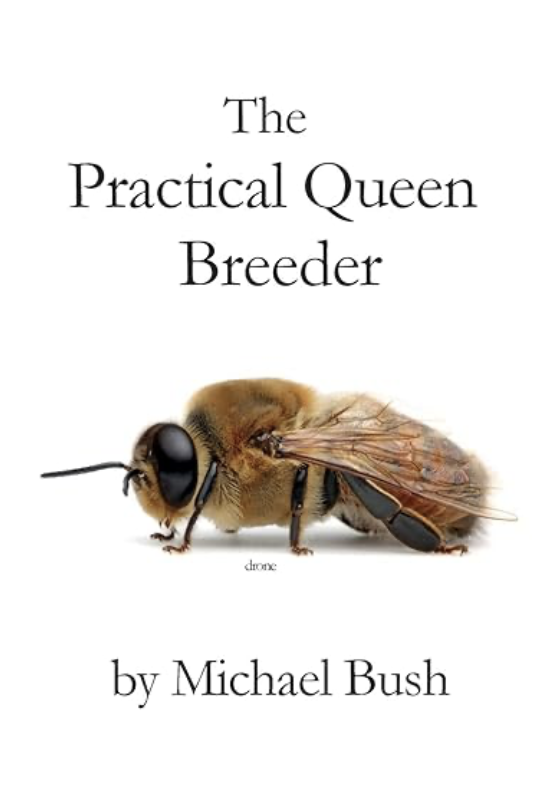
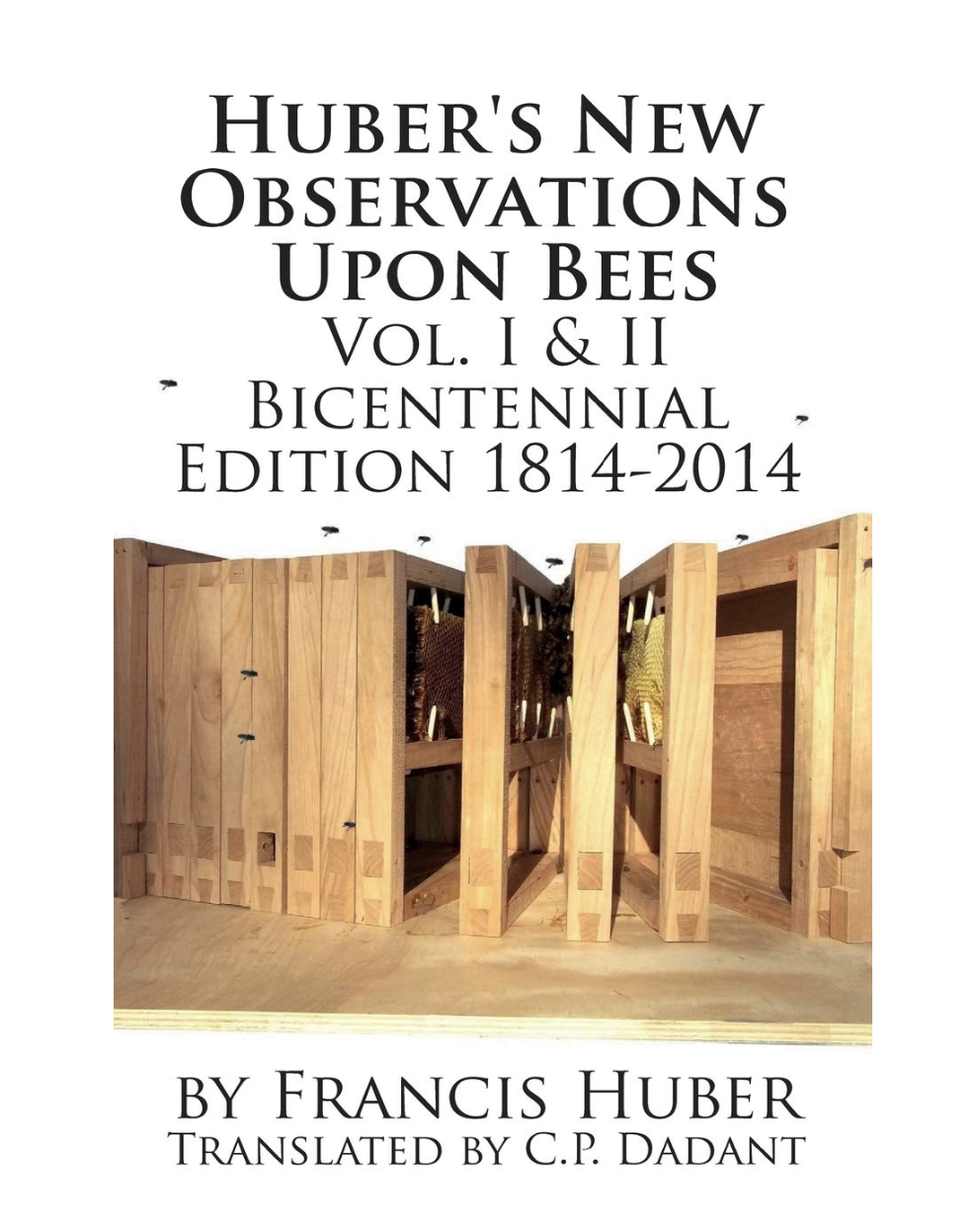
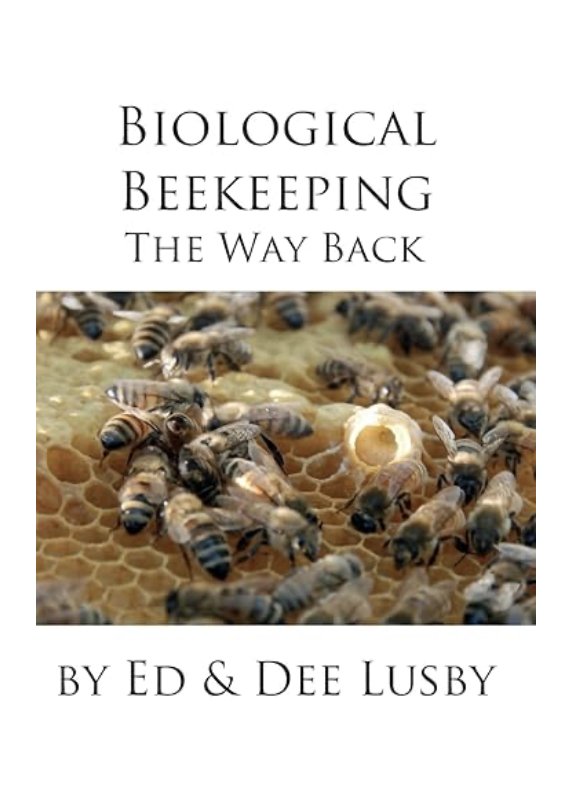

New! Comments
Have your say about what you just read! Leave me a comment in the box below.